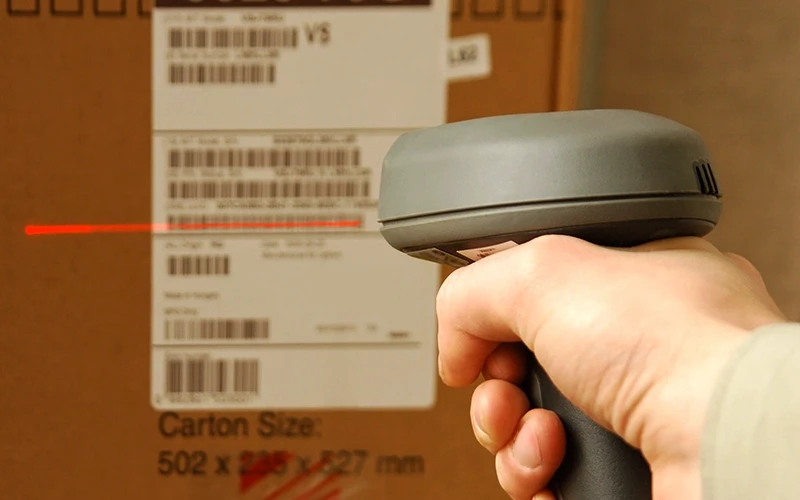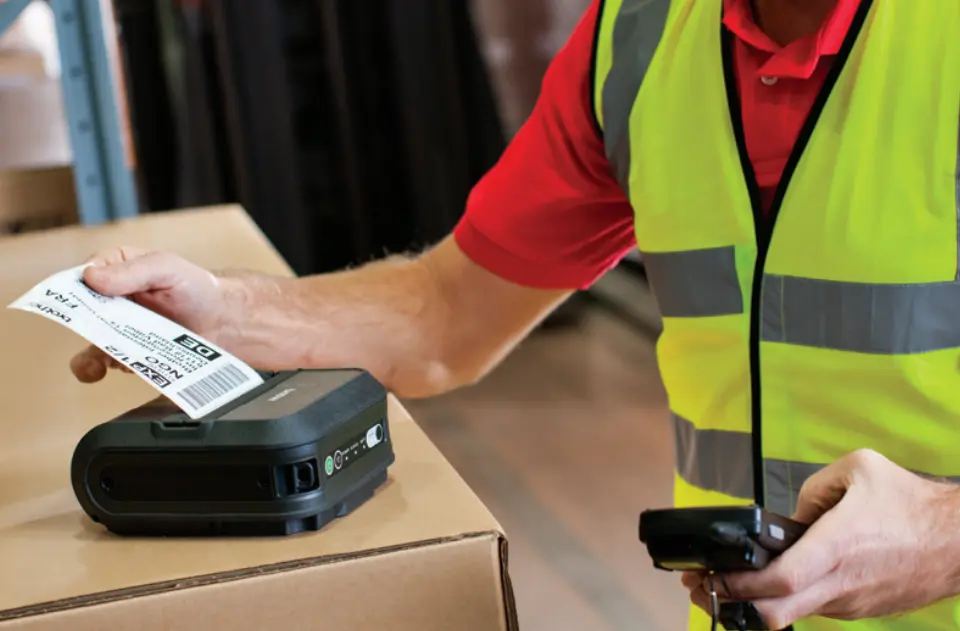
Barcode verification is a practice that you can take to ensure that your barcode is compatible with your ANSI/ISO standards. If you do not do this, it may result in packaging waste or product returns. In addition, you can also diagnose and fix markup errors.
What is Barcode Verification?
Barcode verification is the process of checking the accuracy of barcodes. Barcodes are used to identify products and to track their movement through the supply chain. Barcode verification is important to ensure that products are correctly identified and that they are not lost or damaged.
There are two main types of barcode verification: manual and automated. Manual barcode verification is the process of visually inspecting a barcode to ensure that it is readable and that the information is correct. Automated barcode verification is the process of using a barcode scanner to read a barcode and to check the information against a database.
Barcode verification is important for a number of reasons, including:
- Ensuring that products are correctly identified
- Preventing lost or damaged products
- Improving inventory accuracy
- Complying with regulations
- Improving customer service
Identify the Reason(s) Why the Barcode Won’t Scan
If you are having a problem reading barcodes, you will first need to identify the reason for it. There are many factors that can affect your scans. However, the most common reason for decoding failures is poor image quality. This can be fixed by making simple adjustments.
Among the most common causes for poor image quality are printing problems and environmental issues. Depending on the type of barcode you are scanning, you may need to make adjustments to the scanner itself or to the printing format.
If you are trying to read a Code 128 symbol, you need to make sure that you have a 150-200 DPI resolution. You can also test the barcode in a different scanner to make sure it is not an issue with your own device.
Barcodes that are distorted, printed poorly or are not visible to the reader can also cause a decoding failure. Poor contrast between the light and dark elements of the symbol can also lead to no read results.
Prevent Cases of Packaging Waste and Product Returns
There are a number of reasons to deploy a barcode verification program in your business. The most obvious is to avoid potential theft. However, barcodes also present other challenges such as reprogramming a product’s ID and ensuring that all the contents are fresh. These may not be for the faint of heart, but they can be a lot less daunting if you have a plan in place to handle the task.
A small team of highly trained employees can ensure that these tasks are performed as efficiently as possible. Aside from the mundane, the tiniest item in your inventory could be lost in transit. One of the best ways to combat this is to ensure that you have a barcode verification program in place, and a well-trained staff to deal with the inevitable hiccups that arise. In addition, you should be prepared to have some fun with the process. For example, the best way to go about implementing this scheme is to engage a team of smart, friendly professionals to take the lead from the start.
Diagnose and Fix Markup Errors
Barcode verification is a key part of ensuring the quality of your printed codes. Not only does it verify your barcodes, it identifies potential problems that may crop up in future printing jobs. This includes errors in data structures and formatting.
As the name suggests, the main purpose of barcode verification is to ensure that your barcodes are of high quality and are accepted across your entire supply chain. This will help to maintain customer satisfaction while eliminating waste and lowering the overall cost of consumables.
In general, there are three main reasons why you might need to perform some form of barcode verification. These include auditing your barcodes for accuracy, identifying missing or incorrectly coded bars, and testing for potential data structure issues. You can also use barcode verification to ensure that your barcodes are scannable. The simplest way to do this is to apply shrink wrap to the label.
There are many barcode verification solutions on the market. Some are cheaper and more convenient than others, but it’s important to remember that the best solution for you depends on your company’s budget.

Ensure compliance with ANSI/ISO standards
The ANSI/ISO barcode verification test is designed to determine the quality of the barcode print and how well it is scanned. It is used by a number of industries, including retail, medical devices and transportation.
Typically, the test is performed using a single-line scanner, though newer technologies are available. Regardless of the technique, the results are based on several different parameters. If a scan line fails to meet a specific parameter, it receives an “F” grade.
For example, minimum contrast is one of the factors that affect readability. In order to pass, the scan line must have a black bar next to a white space.
Decodability also plays a large role in the quality of the barcode. A decodable barcode is one that contains enough space and bar thicknesses to be decoded.
Minimum Reflectance is another factor that is evaluated. An acceptable minimum reflection is a dark space with a ratio of light reflected off of the spaces.





